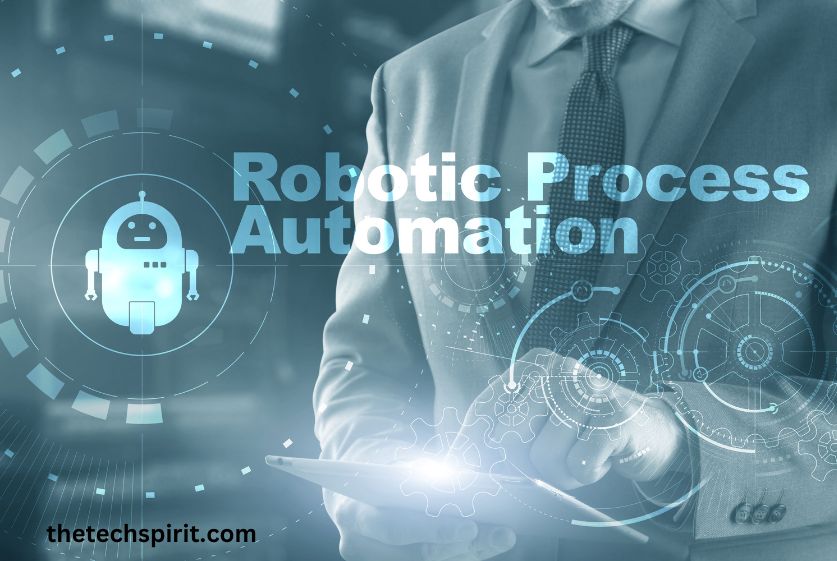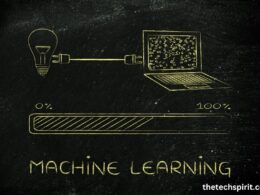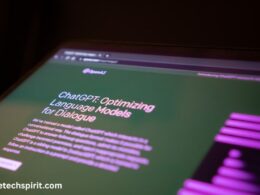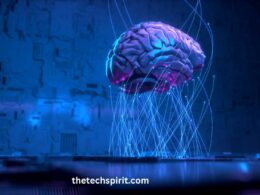Table of Contents
Understanding RPA and Machine Learning Separately
What is RPA?
Robotic Process Automation (RPA) is the use of software bots or “digital workers” to automate repetitive, rules-based processes usually performed by humans. RPA bots can interact with software applications like a human would, freeing up employees to focus on higher-value work.
What is Machine Learning?
Machine learning (ML) is an application of artificial intelligence that provides systems with the ability to automatically learn and improve from experience without being explicitly programmed.
Why Combine RPA and Machine Learning?
Integrating machine learning with RPA offers new automation possibilities that can optimize processes even further. Here are two key benefits:
Enhanced Automation
RPA bots follow rules-based logic and can only perform repetitive, predictable processes. Machine Learning algorithms, can handle complexity and new situations using models developed from past data. Together, RPA and Machine Learning can automate more complex tasks by combining rule-based automation with flexible intelligence.
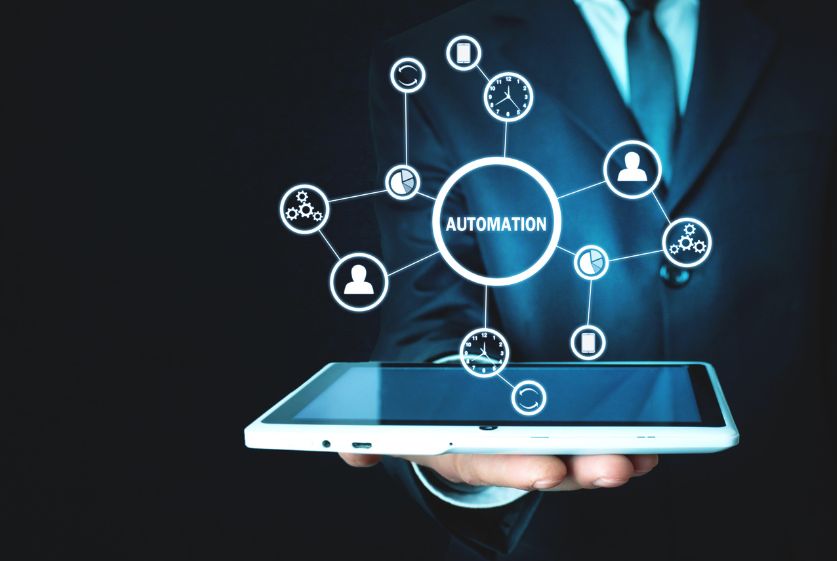
Improved Insights
While RPA can efficiently automate workflows, Machine Learning uncovers insights from data that would be impossible to discover manually. Combining them enables continuous improvement by identifying automation opportunities or bottlenecks from insights uncovered by ML.
Use Cases and Examples
Here are some valuable use cases for RPA and Machine Learning integration:
Chatbots
Chatbots rely on RPA to handle communication but use Machine Learning behind the scenes to understand requests, provide recommendations or answers, and improve through ongoing interactions. This creates bots that grow more seamless and effective over time.
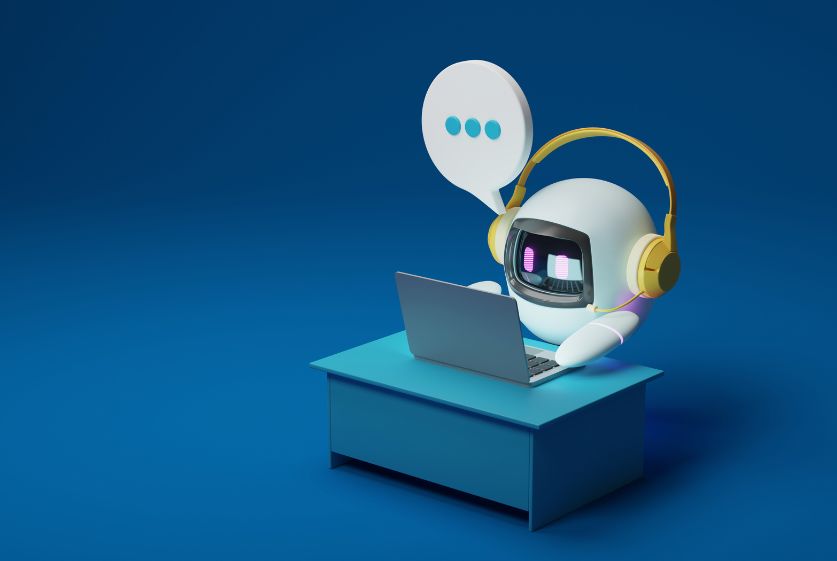
Predictive Analytics
RPA can prepare data while Machine Learning models analyze it to create forecasts. This helps predict outcomes like future demand, maintenance needs, credit risk, healthcare trends, and more.
Models improve through continuous learning, enhancing predictive accuracy over time.
Exception Handling
RPA bots follow set rules which may fail when exceptions occur. Machine Learning algorithms can step in to handle exceptions appropriately after analyzing historical patterns in the data. This enables more fail-safe, uninterrupted automation.
Process Optimization
As RPA bots perform processes, Machine Learning can analyze the resulting data to spot inefficiencies like bottlenecks. Optimization opportunities uncovered through Machine Learning allow for smarter overall automation.
Implementation Challenges
While the combination offers much promise, RPA and Machine Learning integration also comes with key challenges:
Data Quality
Machine learning relies on quality training data that is clean, complete, and correctly labeled. Preparing this data requires considerable effort. Data errors also risk producing inaccurate Machine Learning models and automation that performs poorly.
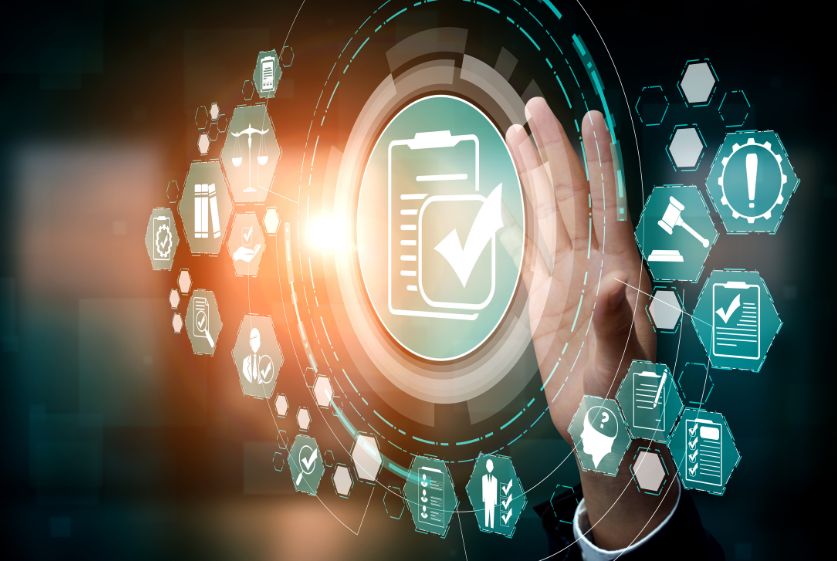
Integration Difficulties
Connecting bots to Machine Learning APIs and ensuring seamless handoffs between systems takes high technical expertise across RPA, Machine Learning, and IT systems. Integration difficulties can undermine workflows.
Lack of Skills
The specialized skills required span RPA, Machine Learning, and data science. Assembling teams with experience across these areas poses a challenge for many organizations. This skills gap can hamper both implementation and optimization.
Best Practices for Implementation
Follow these vital best practices when deploying RPA with Machine Learning:
Start Small
Begin with a well-scoped pilot focused on a single use case. This allows learning to inform expansion into additional processes.
Focus on Data
Invest heavily in data collection hygiene and preparation. Clean, robust data is mandatory for effective Machine Learning.
Choose the Right Processes
Consider the complexity, exception rates, and optimization opportunities when selecting target processes. Simple and straight-through tasks provide less value.
Evaluate Tooling
Thoroughly assess RPA and Machine Learning platforms for connectivity and ease of integration. Prioritize tools that enable seamless orchestration between both capabilities.
The Future of RPA and Machine Learning
As the adoption of Machine Learning grows alongside RPA, we will see both smarter automation and superior insights across nearly every industry. While early integrations have shown tremendous potential, organizations have only scratched the surface of what is possible.
The continued evolution of Machine Learning methods paired with the scalability of an RPA approach will remove more repetitive tasks from human workers so they can dedicate their talents to areas that create new value. The future is bright for humans, bots, and algorithms working together to reshape both automation and intelligence across business processes.
FAQs
What are some other examples combining RPA and ML?
Additional use cases that can benefit from RPA and ML convergence include fraud detection in claims or payments, personalized marketing offers, automated record summarization for healthcare or legal documents, and predictive equipment maintenance to avoid operational disruptions.
What are the key considerations around data when implementing RPA and ML?
Critical data-related factors include data quality, management and governance of ML data, explicability considerations for analytics consumers, and thorough impact assessments of datasets leveraged for model training.
How can integration difficulties between RPA and ML be overcome?
Selecting tools and platforms designed specifically for interoperability can ease technical integration challenges. Starting with lightweight pilot integrations focused on learning enables enterprises to build integration expertise gradually.
Should companies build their RPA and ML capabilities in-house or leverage external expertise?
While some larger organizations are building internal teams, most companies find it faster and more effective to engage professional services firms with proven expertise in designing, deploying, and optimizing RPA bot and ML model integrations tailored to their needs.
What are some key metrics to track when measuring RPA and ML success?
Important key performance indicators include automation rates for enhanced productivity, ML model accuracy rates over time, optimization opportunities uncovered for reengineering, end-user experience scores, and return on investment from dollars and time savings versus implementation costs.





